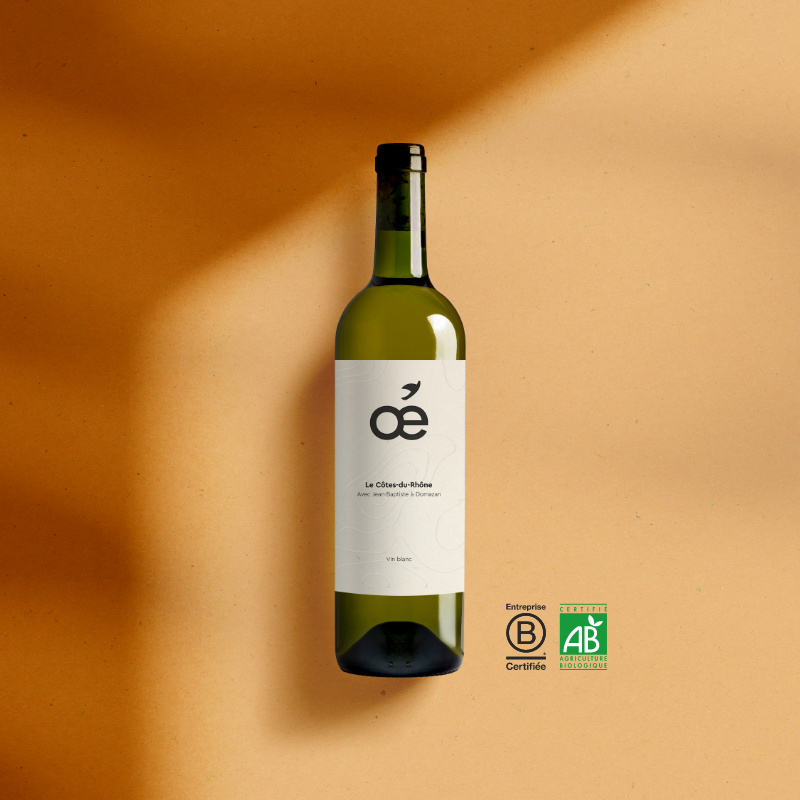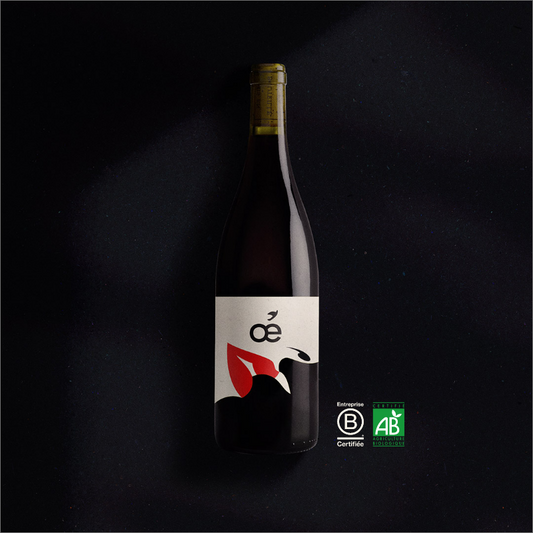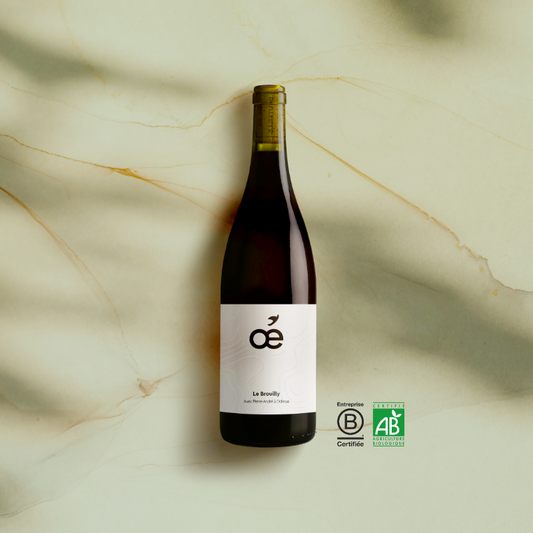In this article , we gave you our tips for building a good organic wine cellar. Epicureans that you are, you have followed our advice to the letter but now you no longer have enough space to store your good bottles of organic wine. We invite you to discover 4 eco-friendly solutions to keep your bottles in the best conditions. Let's go !
The wine cellar: when it is better to have a bigger one in others than a small one at home
Do you know furniture storage? Discover the wine cellars : a solution for all those who wish to age their most precious vintages without having a large aging cabinet or an underground wine cellar.

These wine storage specialists offer the best preservation guarantees. Adequate hygrometry, ideal temperature, absence of light and vibrations without forgetting safety: these cellars of a new kind are real cocoons for your bottles of Romanée-Conti , Petrus and your Châteauneuf-du-Pape .
Mainly located in large French cities and in particular in Paris, they are called La Cave (Paris, Lyon), Les Crayères des Montquartiers (Issy-les-Moulineaux) or iCave. Be careful, however: not all of them offer the same levels of security and the same storage conditions. No air conditioning system at Les Crayères, for example: this former chalk quarry and button mushroom culture naturally offers optimal storage conditions. Awesome, right?
Ecological wine cellars rewarded at the Lépine competition: do they exist?

In France, it's well known, we don't have oil but wine and ideas! And as we are rather chauvinistic, we do not sulk our pleasure to present an invention not only Made In France , but above all ecological and recyclable : Argicru.
The Argicru is a bottle rack made from raw clay , shaped for 5 months by the Josse company in Plancoët.
This rack has very surprising wine preservation properties tested and approved by Pôle Cristal, a test center specializing in refrigeration and climate engineering.
You are probably saying to yourself “ But how can a clay rack protect my wine from thermal shocks? ”. The answer is in the clay: the nano-structure of the clay changes according to the ambient temperature. Also when the ambient temperature rises, the air which is in the clay evaporates and is cooled inside the locker. And when the temperature drops, the reverse happens. The hygrometry is therefore naturally and perpetually regulated.
This infinitely modular system allows the storage of several hundred bottles. Don't forget your moderation friend to taste them , he's always welcome!
Wine cellars cooled by the Peltier effect: a French invention
Contrary to what one might think, not all wine cabinets are harmful to the environment. And yes, not all refrigerators and wine cellars use compressors and therefore refrigerants such as hydrofluorocarbons (HFCs) or CFCs. Gases whose use the European Union has undertaken to reduce by around 80% by 2030 while favoring greener alternatives.
Among these alternatives, there is an innovative, French, economical and ecological cooling technology: cooling by the Peltier effect , also called “thermoelectric cooling” .
This cooling technology, which increasingly equips small wine cellars , uses a principle discovered in 1834 by Jean-Charles Peltier, a former watchmaker who later became a physicist. Like what, there is no age to follow your dreams!
The Peltier effect or thermoelectric effect results in a displacement of energy in the form of heat induced by the presence of an electric current.
Thus, wine cellars with a Peltier module have many advantages compared to cellars equipped with a compressor: they are much quieter , less energy -consuming and, of course, more ecological. The only downside: Peltier modules do not yet allow large wine cabinets to be cooled.
Storing your bottles under the sea: the new trend
In July 2010, nearly 170 bottles of champagne came up from a shipwreck lying at the bottom of the Baltic Sea. To the great surprise of the lucky few who tasted these extremely rare bottles, including bottles from Veuve Clicquot, these wines were of exceptional quality : “ What surprised us is that after 170 years spent in bottom of the Baltic Sea at a depth of 50 meters at a constant temperature of 4 degrees, these wines have retained the intrinsic characters of Champagne wines in terms of alcohol, sugars, aromas, organic acids, glycerol “ said Philippe Jeandet, from the Champagne vines and wines research unit at the University of Reims.
Bottles pampering in the sea, does that intrigue you? Check it out in pictures!
Since then, the idea of aging grands crus under the ocean, in caves or in the sand has germinated in the minds of many oenophiles. One of the latest experiments to date was conducted in the South of France by the national school for divers and the Bandol wine house. The latter immersed 120 bottles of AOC Bandol while their 120 binoculars were stored in the cellar so that they could be compared and tasted blind. You will think about it the next time you go snorkeling in the creeks near Bandol!
The verdict of Guillaume Tari, winegrower in Bandol: “ the deep waters seem to be ideal for aging bottles and for seeking a kind of immortality . In short, most of the experiments carried out all confirm the same thing: wines stored under these conditions retain their eternal youth. If you wish to entrust your grands crus and try an extraordinary taste experience, know that there is a company in France specializing in this concept. Based in Brest, Amphoris will immerse your wines 60 meters deep in one of its underwater cellars. All you have to do is choose the bottles that will go to storage as well as the duration of the storage under water.
Discover our article on setting up your first organic wine cellar





